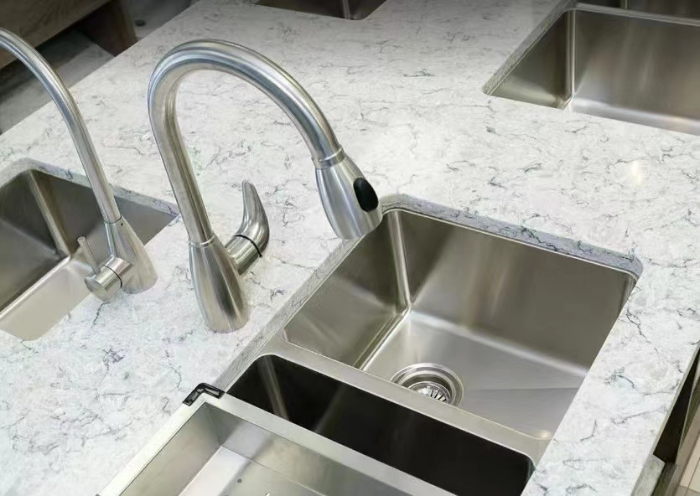Email format error
Email cannot be empty
Email already exists
6-20 characters(letters plus numbers only)
The password is inconsistent
Email format error
Email cannot be empty
Email does not exist
6-20 characters(letters plus numbers only)
The password is inconsistent


Imagine this: You’re planning to remodel your kitchen or bathroom, and one of the critical decisions is choosing the right faucet. It's not just about functionality; it's also about aesthetics and durability. Stainless steel faucets often come up as a top choice, but are they truly the best option for your space? Let's dive into the advantages and disadvantages of stainless steel faucets to help you make an informed decision.
One of the most significant advantages of stainless steel faucets is their incredible durability. These faucets are known for their resistance to corrosion and rust, making them a long-lasting choice for any kitchen or bathroom. The high-quality material ensures that the faucet will withstand daily wear and tear, providing years of reliable service.
Another key benefit is the ease of maintenance. Stainless steel faucets are straightforward to clean, requiring only a simple wipe-down with a damp cloth to remove fingerprints and water spots. This makes them a practical choice for busy households where time and effort for cleaning might be limited.
Stainless steel faucets have a sleek, modern look that can elevate the design of any kitchen or bathroom. Their neutral finish complements various styles, from contemporary to traditional, making them a versatile choice for homeowners looking to achieve a polished and cohesive look.
Stainless steel is naturally resistant to bacteria and germs, which makes it an excellent choice for areas where hygiene is paramount, such as kitchens and bathrooms. The non-porous surface means that it doesn’t harbor germs, making it easier to maintain a clean and sanitary environment.
While stainless steel faucets offer numerous benefits, they come at a higher price point compared to other materials like chrome or plastic. This initial investment can be a deterrent for some homeowners, especially those on a tight budget. However, it's essential to consider the long-term savings on maintenance and replacements.
Despite their ease of maintenance, stainless steel faucets can show water spots and fingerprints quite easily. This means that while they are easy to clean, they may require frequent wiping to maintain their pristine appearance, especially in households with high traffic.
Unlike other materials, stainless steel faucets are typically available in fewer color options. This can limit the ability to match the faucet precisely with other fixtures or the overall color scheme of the kitchen or bathroom. For those seeking a specific aesthetic, this limitation might be a drawback.
Choosing the right faucet is about balancing aesthetics, functionality, and budget. Stainless steel faucets stand out for their durability, easy maintenance, and sleek design. However, the higher cost and susceptibility to fingerprints are factors worth considering.
If you value longevity and a modern, clean look, stainless steel faucets are an excellent choice. They are particularly beneficial in households where the faucet will see heavy use, and maintaining a hygienic environment is crucial.
If budget constraints are a primary concern, or if you prefer a faucet with more color and style options, exploring alternatives like chrome or brass might be a better fit. These materials can offer a similar aesthetic at a lower price point and come in various finishes to suit your design preferences.
Ultimately, the decision to choose stainless steel faucets comes down to your specific needs and preferences. Weighing the advantages of durability, easy maintenance, and aesthetic appeal against the disadvantages of higher cost and potential for water spots can help you make the best choice for your kitchen or bathroom remodel.
If you do decide on stainless steel faucets, here are some tips to keep them looking their best:
Stainless steel faucets offer a blend of durability, hygiene, and style, making them a popular choice for modern homes. While they come with some drawbacks, the benefits often outweigh the disadvantages, especially in environments where longevity and cleanliness are paramount. By understanding the pros and cons, you can make an informed decision that suits your needs and enhances the beauty and functionality of your space.